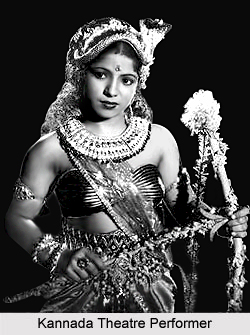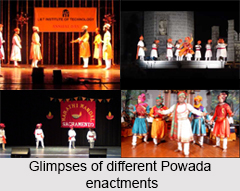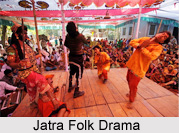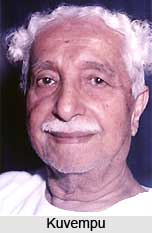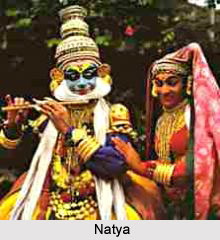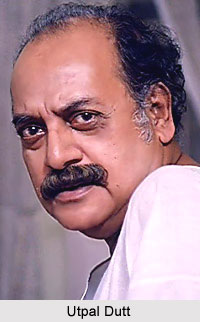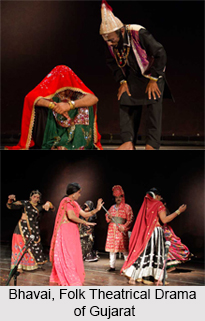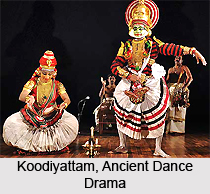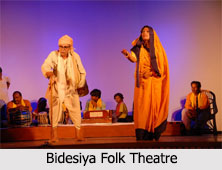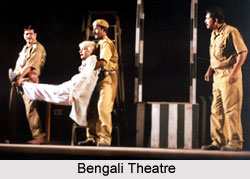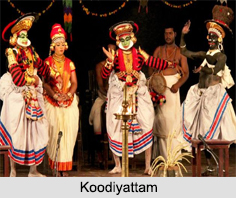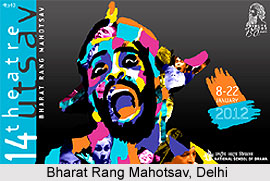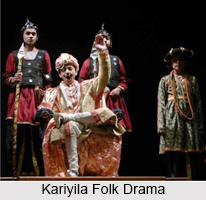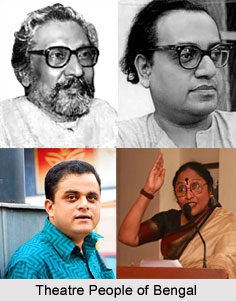Prakrit is described as original, natural, artless, normal, and ordinary. It is usually interpreted as indicating the vernacular, in contrast to the literary and religious of Sanskrit.
Prakrit is the name of the early vernaculars of India and a form of speech used in ancient Indian drama.
Prakrit is also referred to `Vak` or `speech`. Another interpretation refers Prakrit to the broad family of the Indic languages and dialects spoken in ancient India.
On one hand the Prakrits became fictional languages, usually spoken by kings or the Kshatriya caste. On the other, according to the Brahmin accepted view Prakrits were regarded as illegitimate. The earliest existing usage of Prakrit is the corpus of inscriptions of Ashoka, emperor of Northern India. While the various Prakrit languages are associated with different patron dynasties, with different religions and different literary traditions, none of them were at any time an informal `mother tongue` in any area of India.
Prakrit is leading a native term, designating `vernaculars` as opposed to Sanskrit. According to the modern scholars Prakrits are stated as the Middle Indo-Aryan languages.
Sauraseni, Magadhi, Maharashtri, as well as Jain Prakrit were the Dramatic Prakrits. Each of the Prakrit represented a distinctive belief of literature within the history of India. Other Prakrits are reported in historical sources, but are no longer spoken.
Ardhamagadhi or `half Magadhi` an ancient form of Magadhi, one of the Prakrit. Ardhamagadhi was used extensively to write Jain scriptures. It is often considered to be the definitive form of Prakrit, while others are considered variants. Therefore, courses of teaching `Prakrit` often edify Ardhamagadhi.
The language of Theravada Buddhism, Pali is treated as a unique language. This language has classical grammars, which is not considered as a Prakrit presumably for sectarian rather than linguistic reasons.
Prakrit is derived from the Sanskrit term Prakrta, which are `original, natural, normal`. In linguistic terms, this is used in contrast with samskrta, `refined`.
Some scholars restrict the Prakrits to the languages used by Hindu and Jain writers; others include the Buddhist languages, such as Pali and Buddhist Hybrid Sanskrit, and the inscriptional Prakrits. Other Prakrits include the Gandhari, and Paisaci, which is known through grammarians` statements. The modern languages of northern India developed from the Prakrits, after the intermediary stage of the Apabhramsa language.







